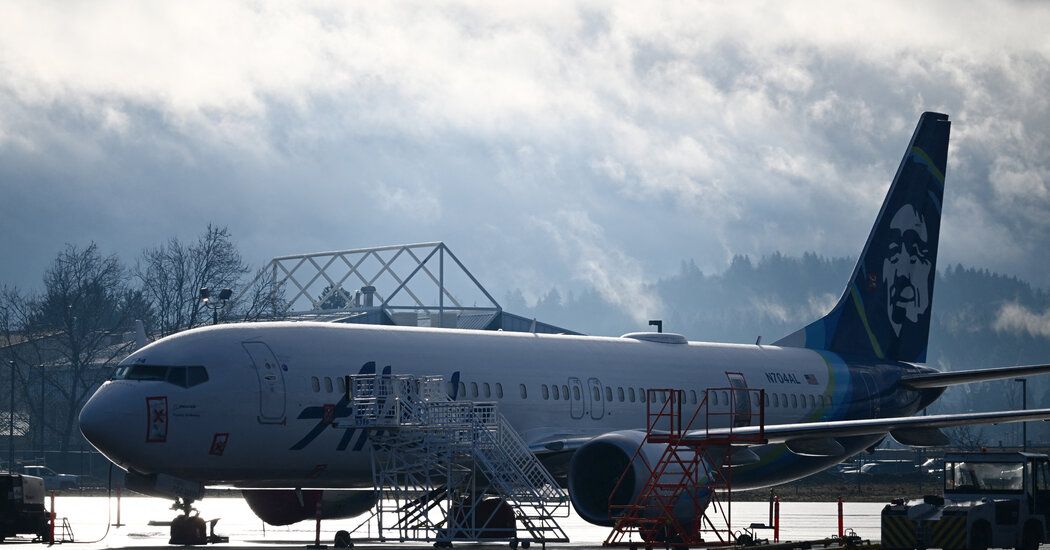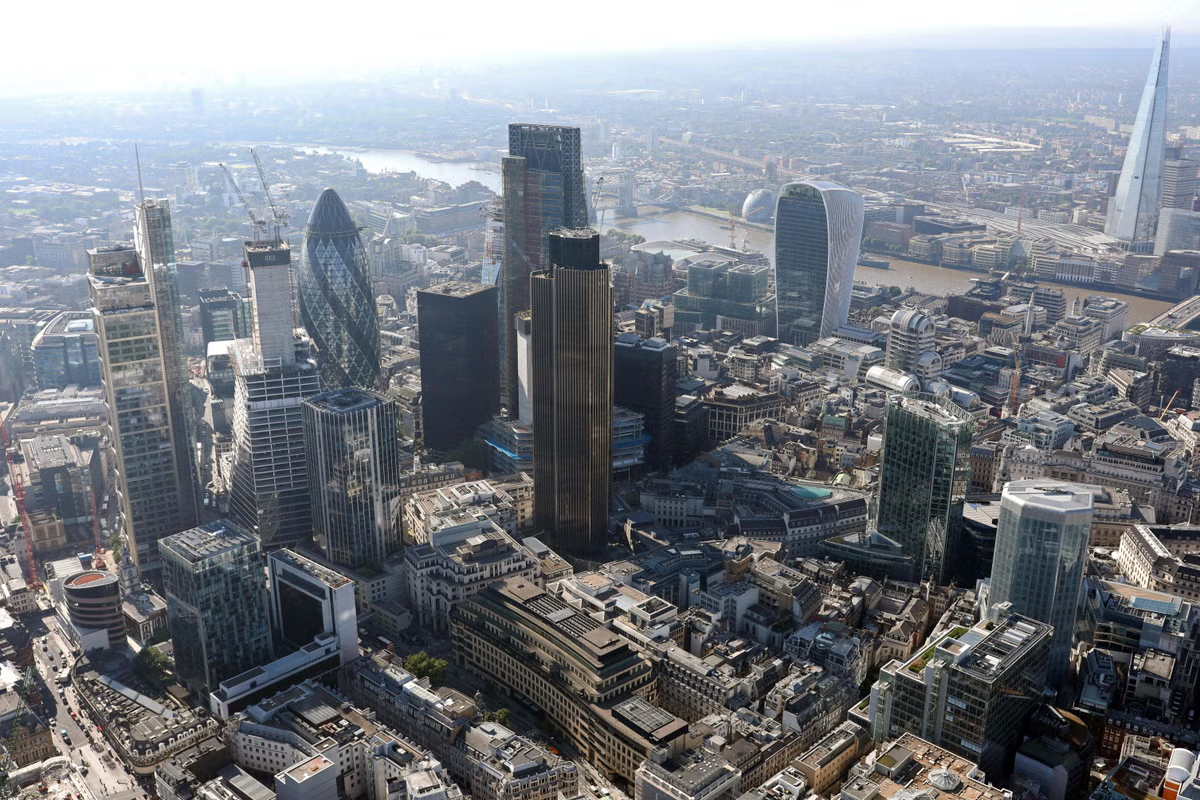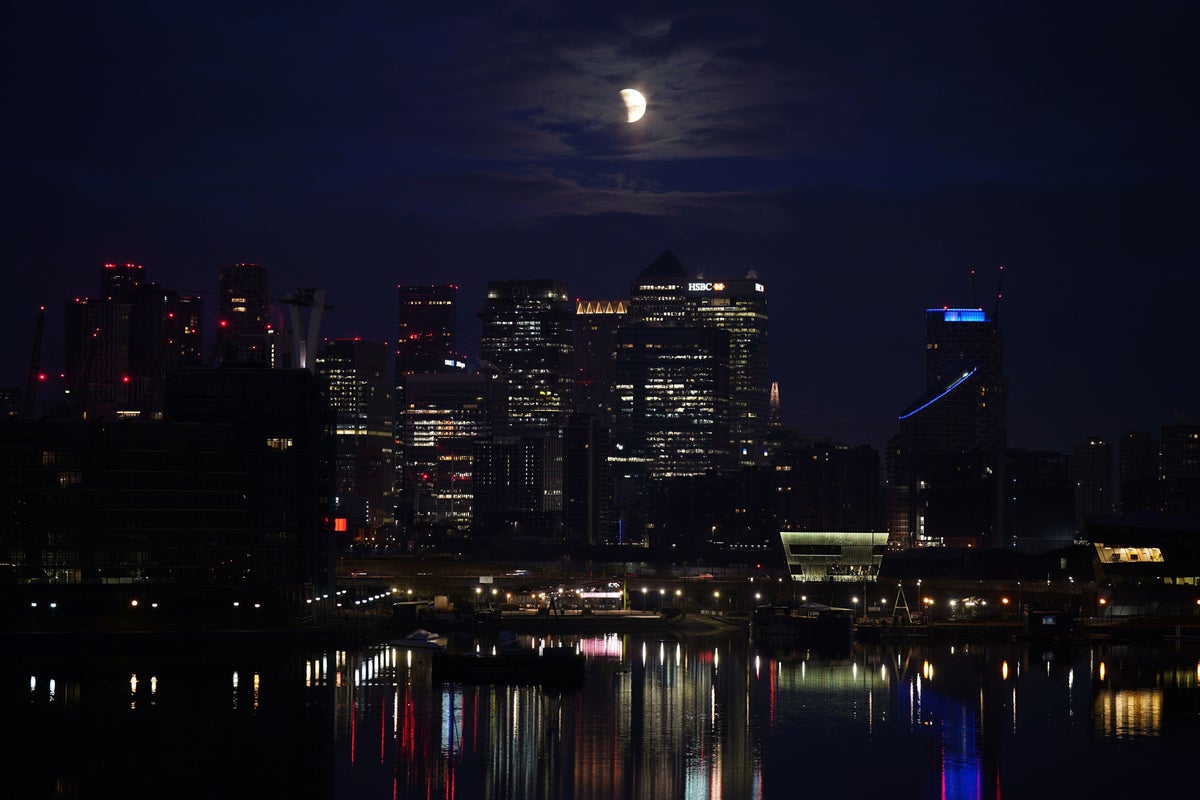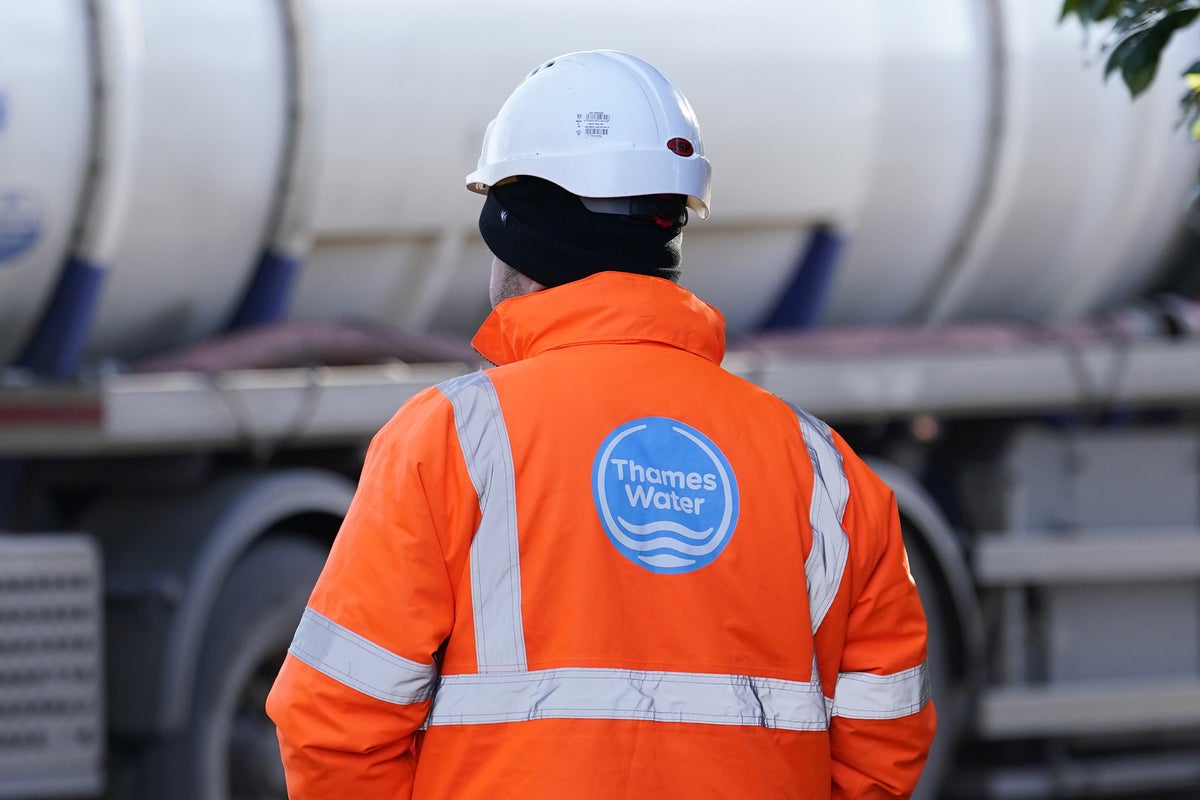After a portion of the fuselage of an Alaska Airlines Boeing 737 Max 9 plane exploded in midair minutes after the plane took off from Portland, Oregon, on Jan. 5, the Federal Aviation Administration grounded about 170 planes. Max 9, causing airlines that rely heavily on planes to cancel thousands of flights and inconvenience many passengers.
On Wednesday, the FAA approved aircraft inspection and maintenance procedures, clearing the way for grounded Max 9 planes to fly again.
Airlines said they planned to resume flights of the Max 9 this week, and Alaska Airlines began using the plane again on Friday with a flight from Seattle to San Diego. Here's what passengers should know about the plane and their rights if they want to avoid flying on it.
What airlines use the Max 9?
Of the 215 Boeing Max 9 planes flying globally, United Airlines operates 79, the most of any airline, and Alaska has 65, according to Cirium, an aviation data provider. Their combined fleets represent about 70 percent of the Max 9 aircraft in service.
Other operators that rely on the Max 9 include Panama's Copa Airlines, Aeroméxico, Turkish Airlines, FlyDubai and Icelandair.
Airlines typically share detailed information about all the aircraft in their fleets on their websites.
When will airlines fly the Max 9 again?
Alaska said in a statement that final inspections are underway, lasting up to 12 hours for each plane. The airline said it planned to bring the “first planes” back to scheduled flights on Friday.
United said in a statement that it was preparing Max 9 planes to return to service starting Sunday. However, the planes “could be used as spare parts” starting this Friday, United Airlines spokesman Josh Freed said.
Copa, which grounded 21 Max 9 planes, said in a statement that it would “gradually reinstate flights that had previously been cancelled” starting Thursday and return to a full schedule on Sunday.
How do I know if I have a reservation on a Max 9?
Travelers can usually find information about their aircraft type when they book their flights online, either during the seat selection process or elsewhere on the airline's website.
Passengers can also find the aircraft type in an airline's mobile app, in the details of their reservation after they have made it. For Alaska, this is available in the “Details” section of the app. Flight tracking websites, such as FlightAware, also have aircraft information if users search for specific flights using the flight number.
But this is no guarantee. Even if passengers know in advance which plane they plan to fly on, that is always subject to change. Airlines change planes at the last minute, depending on factors such as weather and logistics.
What if I don't want to fly on a Max 9?
United and Alaska have issued flight waivers due to Max 9 inspections that allow passengers to cancel or change their flights without incurring fees. Alaska's exemption applies to flights through February 2. “After that, guests can call our reservations team and we will put them on a different flight at no additional charge, which includes our Saver fares,” an Alaska spokesperson said.
United's waiver is for flights through January 28.
Airlines have different policies covering cancellations and refunds, which depend on factors such as when you made the reservation, how far in advance you want to cancel, and what type of fare you purchased. Once the Max 9 waivers expire, passengers will not have the same rights to rebookings or penalty-free refunds for flights they choose to cancel themselves.
For future bookings, Kayak has created a new filter that excludes Max 9 flights. Often, that would mean booking on an airline that doesn't use the planes. But on certain routes with a limited number of carriers, that may not be an option. For example, Alaska is the only airline that flies nonstop between Anchorage and Kona, on the Big Island of Hawaii. The airline has often used a Max 9 on this route, according to FlightAware, a flight tracking website.
But experts suggest it may not make sense to avoid the planes, which have undergone rigorous inspections.
“It is neither clear nor rational why anyone would avoid the most recently inspected aircraft in the sky,” said aviation analyst Robert W. Mann Jr., emphasizing that the Max 8 resumed flights several years after two fatal crashes that killed to 346 people.
Follow the travels of the New York Times in instagram and Subscribe to our weekly Travel Dispatch newsletter for expert tips on how to travel smarter and inspiration for your next vacation. Are you dreaming of a future getaway or simply traveling from an armchair? Take a look at our 52 places to go in 2024.









